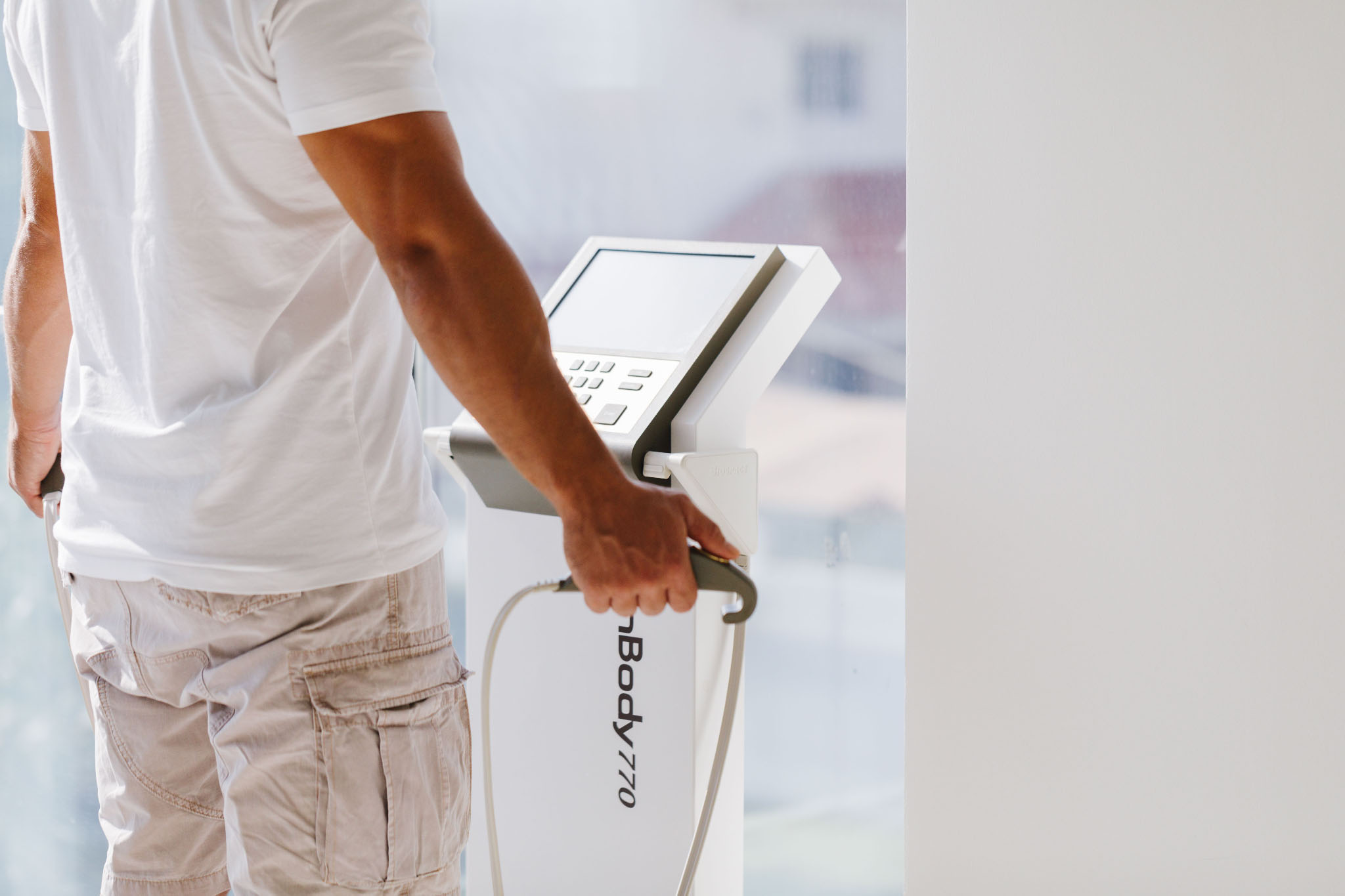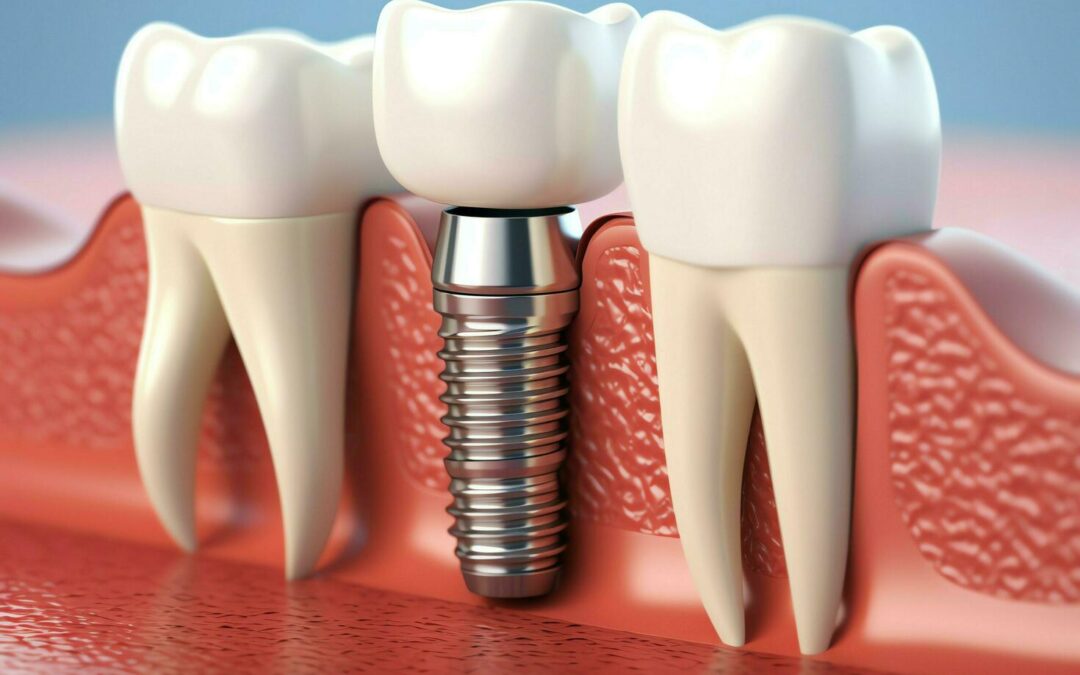Maintaining a healthy lifestyle starts with understanding your body’s composition and overall health status. In recent years, innovations in health technology have made it easier to monitor your wellness from the comfort of your home. One such advancement is In-Body Analysis at Home in Abu Dhabi, which provides detailed insights into your body’s composition without the need to visit a clinic. This at-home solution is designed for individuals seeking a convenient, accurate, and non-invasive way to track their health metrics regularly. Whether you are an athlete, a fitness enthusiast, or someone managing a health condition, this technology can support your wellness journey effectively.
What Is In-Body Analysis?
Understanding Body Composition Analysis
In-Body analysis refers to a comprehensive assessment of various body metrics, including muscle mass, fat percentage, water content, and bone density. Unlike traditional weight scales that only show your total weight, this analysis provides a detailed breakdown of what contributes to your overall weight, offering a clearer picture of your health. Accurate body composition analysis can help tailor fitness and nutritional programs, track progress over time, and identify potential health concerns early.
Significance of In-Body Analysis in Personal Health
Knowing your body composition is essential for setting realistic health goals and measuring progress. It can help you determine whether weight changes are due to fat loss, muscle gain, or water retention. This detailed information supports personalized health plans, making it easier to achieve and maintain your desired body goals. For those living in Abu Dhabi, having access to In-Body Analysis at Home means you can stay connected with your health metrics without the inconvenience of frequent clinic visits.
How Does In-Body Analysis at Home Work?
The Technology Behind the Process
In-Body Analysis at Home employs advanced bioelectrical impedance analysis (BIA) technology. This involves sending a very low electrical current through your body using a portable device or scale. The device measures the resistance encountered by the current as it travels through different tissues. Since muscle, fat, water, and bone conduct electricity differently, the device calculates their respective quantities, providing a comprehensive body composition report.
The Setup and Usage
Using an at-home in-body analysis device is straightforward. Typically, you stand on a specialized scale or hold handheld sensors, depending on the device design. The process is quick, usually taking just a few minutes to complete. Before starting, it’s recommended to follow specific guidelines, such as being hydrated, avoiding exercise immediately prior, and measuring at the same time each day for consistency. The results are then displayed on a connected app or device, offering immediate insights into your health metrics.
Frequency of Use
For optimal tracking, it’s advised to perform in-body analysis regularly—weekly or bi-weekly—depending on your health goals. Consistent monitoring helps identify trends over time, enabling you to adjust your lifestyle or training plans accordingly. The convenience of at-home analysis makes this routine feasible, keeping you engaged and informed about your health status.
Benefits of In-Body Analysis at Home
Convenience and Accessibility
One of the primary advantages is the convenience of performing health assessments at home. No need to schedule appointments or visit clinics, saving time and effort. This accessibility encourages more frequent monitoring, which is crucial for effective health management.
Personalized Health Tracking
At-home in-body analysis devices provide personalized data tailored to your body’s unique composition. This personalized insight helps you set specific, achievable goals and track your progress accurately over time.
Motivation and Accountability
Regularly monitoring your body composition can serve as a motivational tool. Seeing tangible results from your efforts can inspire continued commitment to your fitness and health routines, making it easier to stay on track.
Support for Specific Health Goals
Whether aiming to lose fat, build muscle, or manage a health condition, detailed body composition data supports targeted interventions. It enables you to fine-tune your diet and exercise plans based on real-time feedback.
Choosing the Right In-Body Analysis Device for Home Use
Features to Consider
When selecting an at-home in-body analysis device, look for features such as multi-frequency BIA technology for higher accuracy, user-friendly interface, compatibility with health apps, and data storage options. Some devices also offer additional features like heart rate monitoring and activity tracking.
Compatibility and Integration
Opt for devices that can seamlessly sync with your smartphones or tablets, allowing you to store and analyze your data easily. Integration with health apps can provide comprehensive insights into your overall wellness.
Ease of Use and Maintenance
Choose a device that is easy to operate, with clear instructions and minimal maintenance requirements. This ensures consistent use and accurate results over time.
Interpreting Your Results
Understanding Key Metrics
Your in-body analysis report includes various metrics such as body fat percentage, muscle mass, water content, and basal metabolic rate. Understanding these parameters helps you assess your current health status and identify areas for improvement.
Setting Realistic Goals
Based on your results, you can set realistic and personalized health goals. For example, reducing body fat percentage or increasing muscle mass, depending on your desired outcomes.
Tracking Progress
Regular analysis allows you to monitor changes over time, providing motivation and insight into the effectiveness of your health strategies. Adjustments can be made based on these trends to optimize results.
Tips for Maximizing the Benefits of At-Home In-Body Analysis
Consistency Is Key
To get meaningful data, perform the analysis under similar conditions each time, such as same time of day and hydration status. Consistent testing ensures reliable trend analysis.
Combine with Other Health Metrics
Use in-body analysis alongside other health measurements like blood pressure, heart rate, and dietary tracking for a comprehensive view of your health.
Use Data to Adjust Lifestyle
Leverage your data to make informed decisions about diet, exercise, and lifestyle habits. Small, consistent adjustments based on real data can lead to significant health improvements.
Future Trends in At-Home Health Monitoring
Technological Advancements
Advances in sensor technology and AI are expected to further improve the accuracy and ease of in-home health monitoring devices. Future devices may offer more comprehensive health assessments, including metabolic rate and nutrient levels.
Integration with Telehealth Services
Integration with telehealth platforms will allow users to share their data directly with healthcare professionals, facilitating more personalized and timely medical advice.
Increased Accessibility
As technology becomes more affordable and user-friendly, in-body analysis devices will become more accessible to a broader population, promoting proactive health management.
Conclusion
Embracing In-Body Analysis at Home Abu Dhabi empowers individuals to take control of their health with convenience and precision. By understanding your body composition, setting realistic goals, and regularly monitoring progress, you can make informed decisions to enhance your wellness journey. With continuous technological innovations, at-home health monitoring will become an integral part of personalized healthcare, making it easier than ever to lead a healthier life.
FAQs
1. How often should I perform an in-body analysis at home?
It is recommended to perform the analysis weekly or bi-weekly to effectively track changes and stay motivated.
2. Can I use in-body analysis devices if I have a medical condition?
While in-body analysis devices are generally safe for most users, consult with a healthcare professional if you have specific health concerns or medical conditions.
3. Is in-body analysis at home as accurate as clinical assessments?
At-home devices utilize advanced technology that provides reliable data for personal tracking, though they may not replace professional clinical assessments for medical diagnoses.
4. What should I do to ensure the accuracy of my results?
Measure under consistent conditions, such as at the same time of day, and follow the device’s instructions carefully, including hydration and activity guidelines.







0 Comments